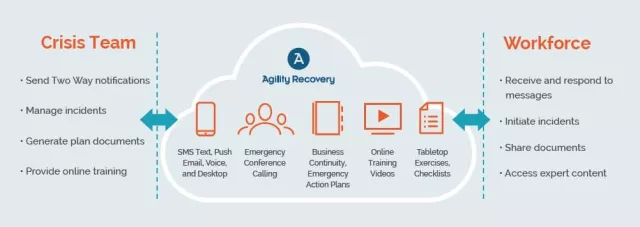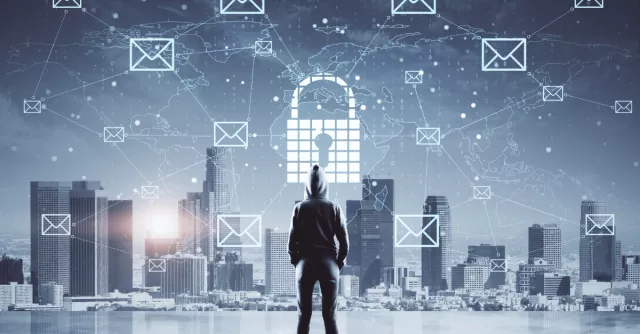7 Best Practices for an Emergency Notification System

As inefficient as these systems are, phone trees were once the only kind of emergency notification system businesses, schools, and organizations relied on to communicate with one another during a crisis event. Thanks to technological advances, automatic emergency alert systems have replaced phone trees, and the global mass notification market continues to expand.
According to a study by YouGov Omnibus, forty-one percent of people say they’re not prepared for a natural disaster. Where does it put businesses and business owners? If a disaster strikes, a landline phone system won’t be able to distribute the updates, immediately putting your workforce at risk. Reevaluate your communication methods, and if your business is already using an emergency notification system, the following best practices will help you ensure you are using it to its full potential.
1. Up-to-date Information
Your system is as capable as the information it contains. Your employees’ contact information, including an email address and phone numbers, must be updated to make sure they will receive messages in a critical situation. Do your employees update their personal information themselves? Does HR maintain your employees’ contact database? These and many other questions need to be answered before an incident occurs.
2. List Segmentation
Segmenting users allows for more accurate and targeted messaging. Large businesses have offices in different locations and typically manage a large workforce. To avoid confusion, you need to alert only that office that may be affected by a potential incident. If the only group of people who need to be aware of the incident is the team of executives, you need to have that list readily available. Examples of segments are departments, office building floors, crisis teams, or executive personnel.
3. Pre-made Templates
In the event of a crisis, time is of the essence. It’s in your company’s best interest to have messaging templates set up and ready to be sent. Providing valuable information and clear instructions are paramount. The message should also be action-specific rather than threat-specific. For example, create templates based on the instructions you intend to give as opposed to the type of business disruption your company may be experiencing.
4. Means of Communication
The purpose of a message is to reach a person. The best way to ensure delivery is to use as many channels of communication as possible: text message, email, voice mail to both cell and home phones. The more options available, the more effective the system will be, and the message will be seen.
5. Assign Roles and Provide Training
Assign employees who will be in charge of sending an emergency alert during an incident. Besides that, consider “back-ups” to the primary senders. Both primary and back-up message senders should be trained on the emergency notification system to secure swift and efficient communication.
6. Regular Testing
Your emergency notification system may seem to work like clockwork, but regular testing allows you to locate potential gaps within the framework. Business-wide, quarterly testing will examine the system, configurations, and data your organization is using. These tests will also demonstrate employees what to expect, eliminating confusion when the first incident message is sent. Additionally, these tests will produce a metric for future comparison.
7. Internal Test Follow-up
After an emergency notification test has been completed, your company will be able to identify the gaps in the system, if any. It’s helpful to arrange a company update after the test is finished to review the process and how to address issues within the system.



